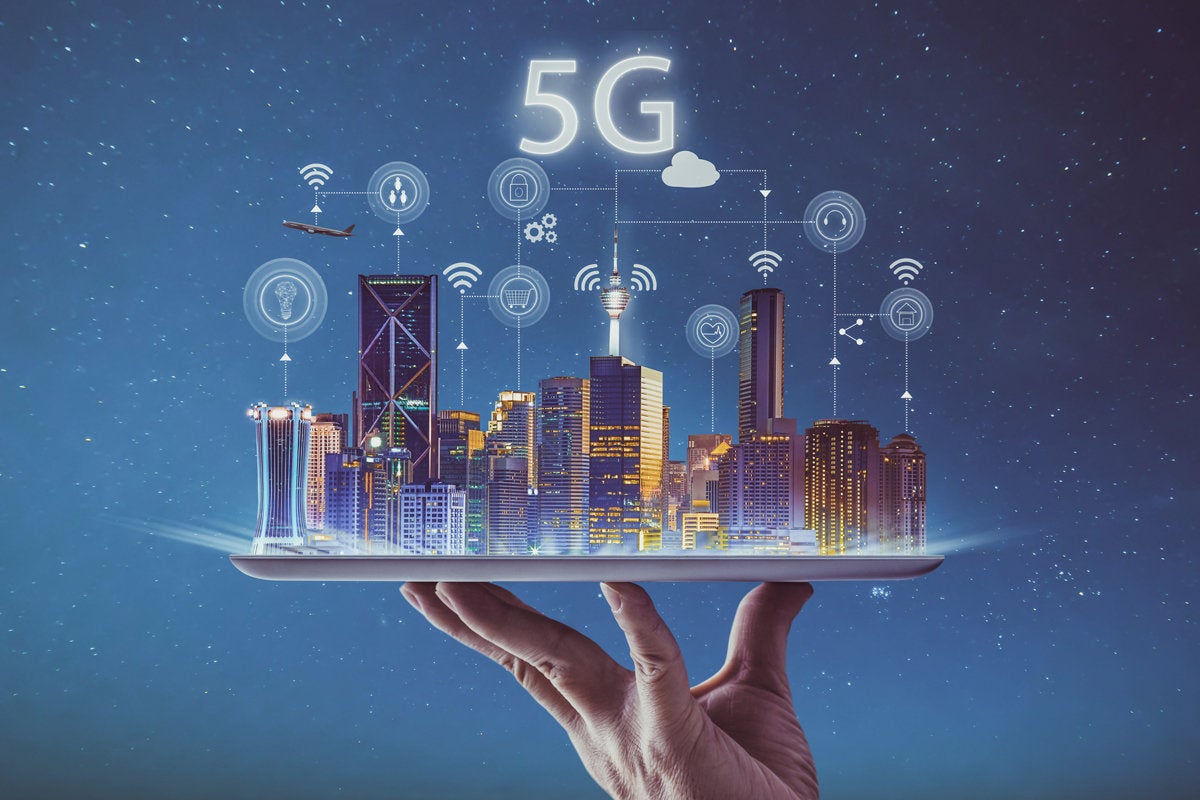As you can see as networks improve so does our mobile technology and our overall experience. Effects on Eyes and Skin.
It is undeniable connectivity drives innovation.

How does 5g affect us. Real-time data collection and analysis is only possible if there is network connectivity which would enable backend operations to be performed seamlessly. In the age of 5G smart mirrors will turn on the car or the oven project representations of possible outfits and ping information between an array of diverse devices. Risks associated with increased data transfers and the proliferation of poorly secured IoT devices that will appear alongside 5G.
The future is wireless and its really fast. For example while the auto industry will benefit from the low latency of 5G to improve autonomous vehicles the end consumer will be the ultimate operator of driverless cars. False conspiracy theories about links between 5G wireless networks and the origins of the coronavirus have been circulating widely online.
Consumers will also be affected by the technology. The most well-established biological effect of RF-EMFs is heating. Whats particularly noteworthy is that it has the potential of giving you speeds up to one gigabyte per second.
As we have emphasized earlier connectivity affects technological innovation. This will enable your car not only to stream Spotify on a long journey but also to drive itself gathering information from other cars pedestrians traffic lights and even the road itself along the way. Some 5G conspiracy theorists contend that the new network generates radiofrequency radiation that can damage DNA and lead to cancer.
The article is divided in several chapters. The answer is yes and no. 5G and 4G-LTE.
5G mobile networking technology will affect not only the skin eyes lung and reproductive system but will have adverse systemic effects on every cell of the human body that makes up every gland every organ and every tissue as radiation poisoning flows through the interstitial fluids of the Interstitium causing membrane degeneration and genetic mutations. With 5G we get better coverage higher capacity lower latency and much higher data speeds. Its also predicted that its connectivity will enable an added degree of human.
Not any scientific research of the health effects of 5G on eyes exists. 5G isnt just a boon for organizations and governments looking to speed up their networks. High doses of RF-EMFs can lead to a rise in the temperature of the exposed tissues.
To better understand 5G and its possible impact on our day-to-day phone usage lets take a walk down memory lane. The security risks of 5G can be broken down into three main categories. 5G data networks promise to usher in a new era of digital transformation powered by lightning-quick phones enhanced virtual and.
5G speed test in BGC using the Huawei P40 Pro. 5G home networks with their potential for unlimited high-speed data will be a remedy for consumers struggling with data caps and throttling. The 5G connectivity will enable these devices to be connected and will help them work as a system.
Human skin it was found deflects nearly half of all power emitted by high-frequency waves that 5G uses. A walk down memory lane. Connectivity Changed Our Experience.
Risks inherent in 5G technology. The baseless claim is. 5G Does Not Cause Cancer in Humans.
It says that 5G connectivity will give developers and creators the ability to test devices and applications on a 5G network and create the future of entertainment 3. Cause oxidative damage that can cause premature aging. The first generation of mobile networks allowed us to roam around with phones in our pockets having voice conversations from wherever we chose.
First lets clarify what 5G actually is. And potentially lead to other. Risks associated with Chinese-deployed infrastructure.
What Is 5G. 2G added SMS text messaging capabilities which opened up a new form of human communication. Posted on October 1 2020 by Multerland.
The precious and vulnerable human senses are at risk because of 5G. Put simply 5G is the fifth generation of cellular wireless networks and will feature significant improvements in bandwidth and latency. In simple terms its the latest in wireless broadband technology the next generation after 4G LTE which is now available to 98 percent of Americans.

